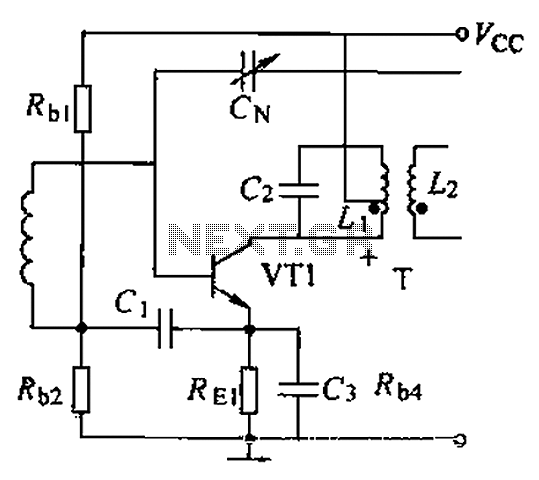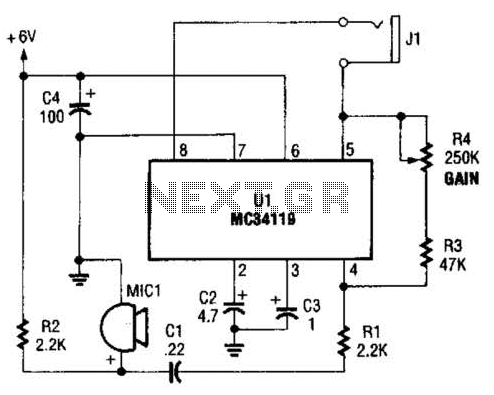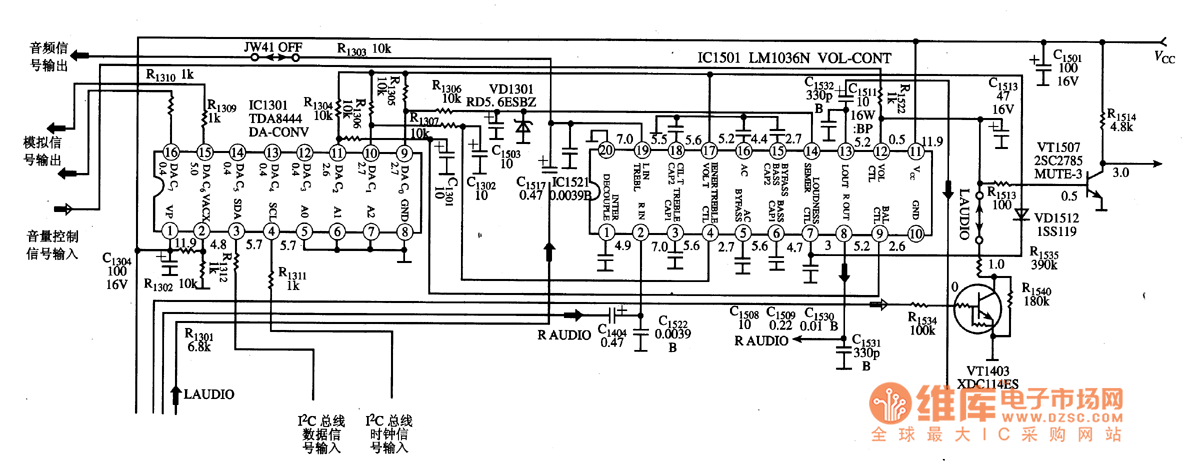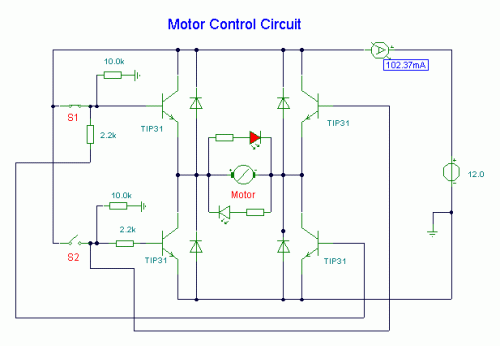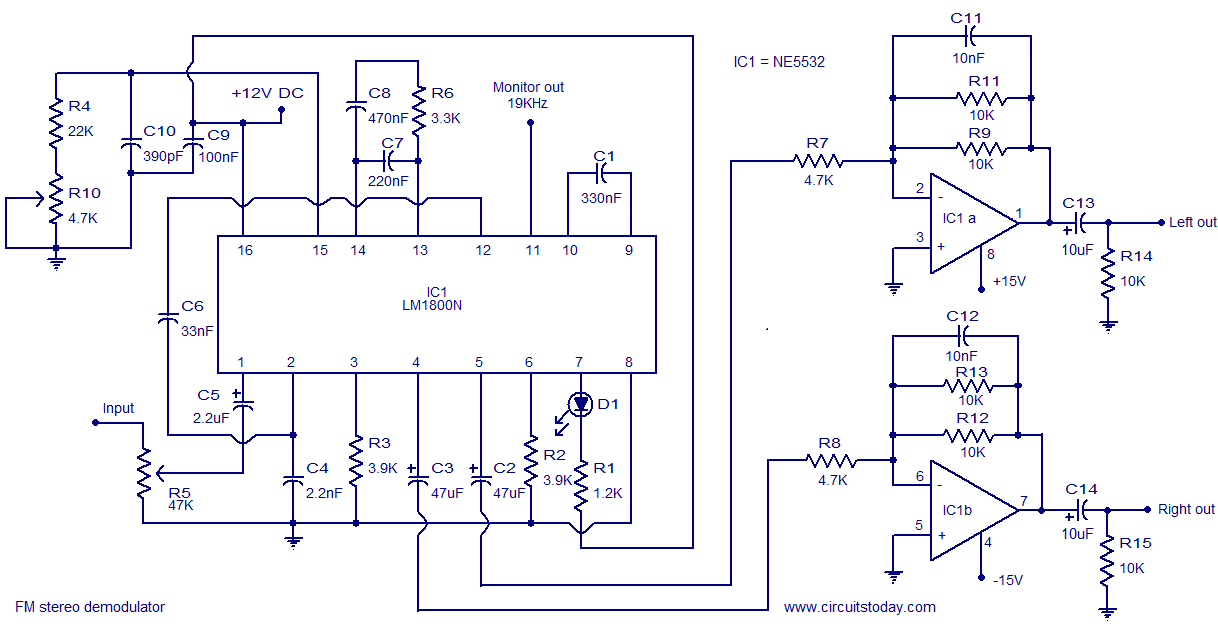
KTM03 type of circuit for controlling the triac
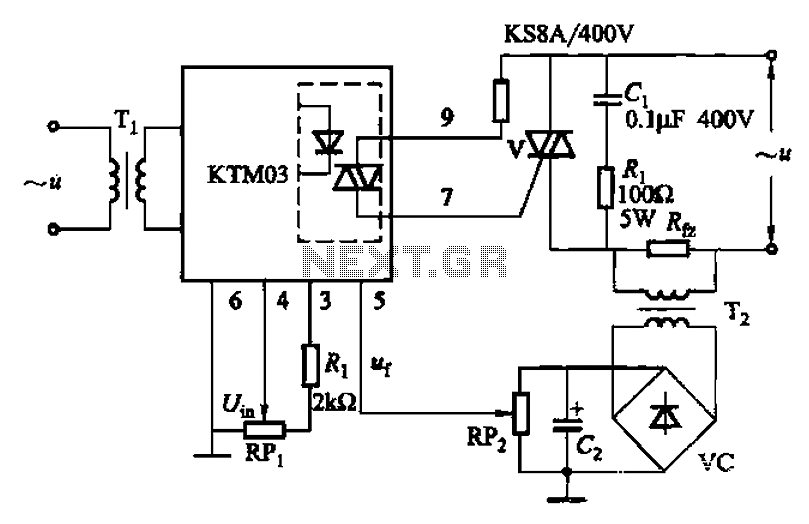
An adjustment potentiometer (RP) is utilized to set the voltage across the load resistor (Rfz) to a predetermined value. The real-time closed-loop control is achieved through the potentiometer (RPz). Open-loop control is functional as long as the feedback voltage (Uf) is grounded.
The circuit employs an adjustment potentiometer (RP) to facilitate the setting of the output voltage across the load resistor (Rfz). This configuration is essential for achieving precise control over the voltage supplied to the load, which is critical in various applications such as power supplies or signal conditioning circuits.
The closed-loop control system, enabled by the potentiometer (RPz), allows for real-time adjustments based on feedback. The feedback voltage (Uf) plays a crucial role in maintaining the desired output voltage. When the feedback voltage is grounded, the system operates in an open-loop mode, meaning that it does not utilize feedback to adjust the output. This mode can be beneficial in certain scenarios where the system's behavior is predictable and does not require constant adjustment.
In such a circuit, the potentiometer (RP) is typically connected in a voltage divider configuration. By rotating the potentiometer's knob, the resistance changes, thereby altering the voltage drop across it. This change in voltage directly influences the voltage across the load resistor (Rfz), allowing for fine-tuning of the output as needed.
The design must ensure that the potentiometer can handle the power levels involved without overheating or degrading over time. Additionally, considerations regarding the tolerance of the components, the range of adjustment required, and the stability of the feedback loop are essential for optimal performance.
In summary, the integration of an adjustment potentiometer in the circuit enables precise voltage control across the load, with the potential for both closed-loop and open-loop operation depending on the feedback configuration. This versatility makes it a valuable component in various electronic applications.Adjustment potentiometer RP, the voltage on the load Rfz Uh set value. By RPz real now closed loop control. Open-loop control works, as long as the feedback voltage Uf ground c an be.
The circuit employs an adjustment potentiometer (RP) to facilitate the setting of the output voltage across the load resistor (Rfz). This configuration is essential for achieving precise control over the voltage supplied to the load, which is critical in various applications such as power supplies or signal conditioning circuits.
The closed-loop control system, enabled by the potentiometer (RPz), allows for real-time adjustments based on feedback. The feedback voltage (Uf) plays a crucial role in maintaining the desired output voltage. When the feedback voltage is grounded, the system operates in an open-loop mode, meaning that it does not utilize feedback to adjust the output. This mode can be beneficial in certain scenarios where the system's behavior is predictable and does not require constant adjustment.
In such a circuit, the potentiometer (RP) is typically connected in a voltage divider configuration. By rotating the potentiometer's knob, the resistance changes, thereby altering the voltage drop across it. This change in voltage directly influences the voltage across the load resistor (Rfz), allowing for fine-tuning of the output as needed.
The design must ensure that the potentiometer can handle the power levels involved without overheating or degrading over time. Additionally, considerations regarding the tolerance of the components, the range of adjustment required, and the stability of the feedback loop are essential for optimal performance.
In summary, the integration of an adjustment potentiometer in the circuit enables precise voltage control across the load, with the potential for both closed-loop and open-loop operation depending on the feedback configuration. This versatility makes it a valuable component in various electronic applications.Adjustment potentiometer RP, the voltage on the load Rfz Uh set value. By RPz real now closed loop control. Open-loop control works, as long as the feedback voltage Uf ground c an be.
